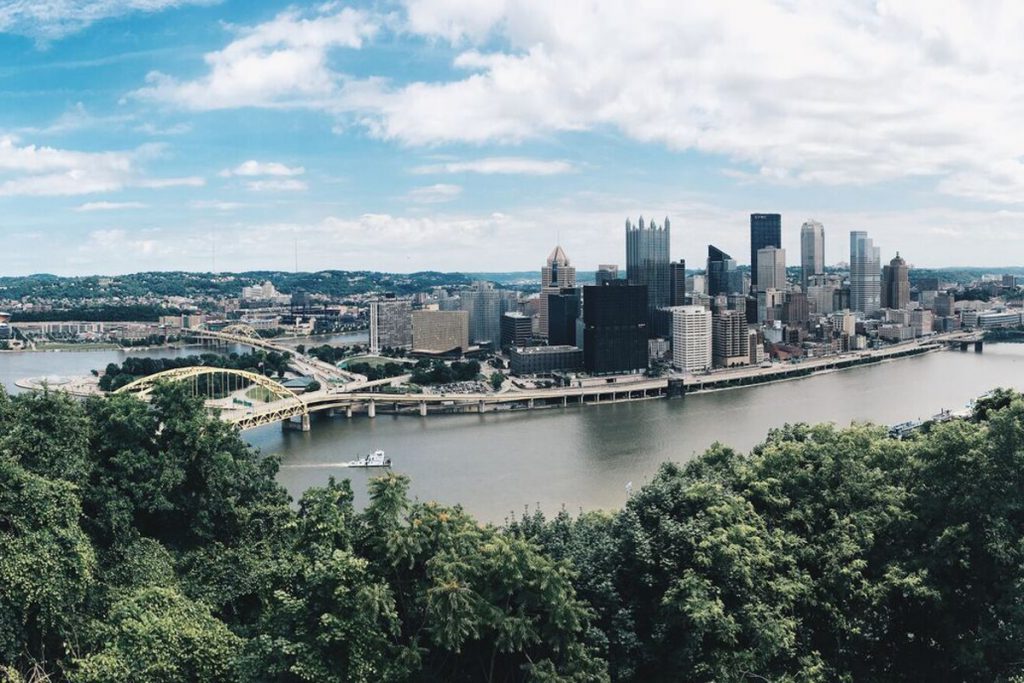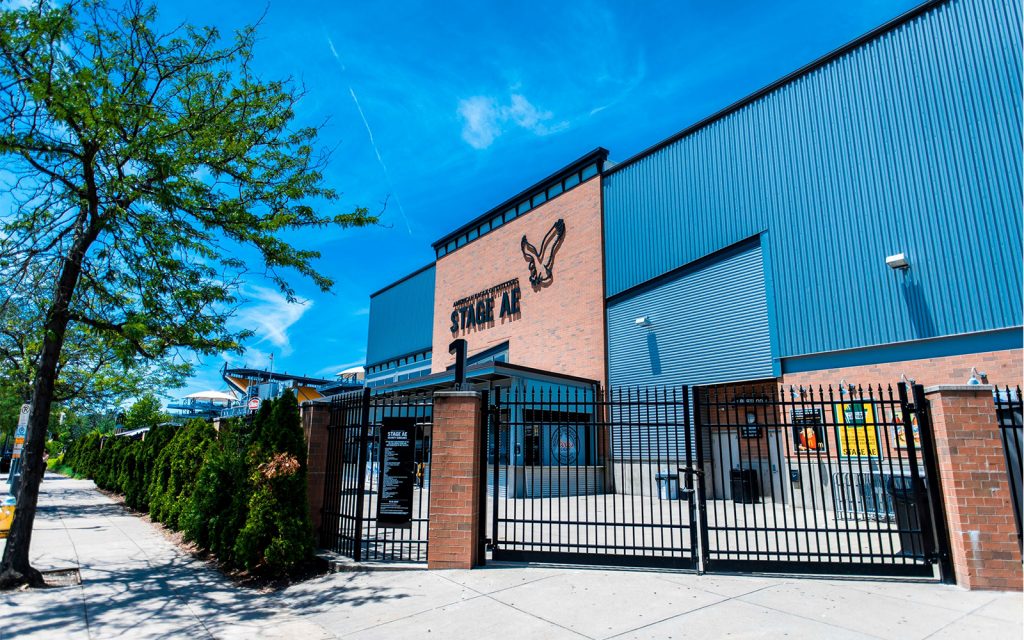Word of Mouth: Pittsburgh
A city changing from industrial icon to a culinary and cultural hub, much to the delight of locals and visitors alike

Pittsburgh, moated off from its suburbs by the ribboning of three rivers (the Allegheny and Monongahela and Ohio) finds itself in the midst of a revolution. On the banks lie—vacant and, in many people’s eyes, obtrusive—the remnants of a fruitful industrial economy. Steel mills, smog and successful, sinful businesspeople make up the foundation of Pittsburgh history, but since the turn of the 21st century, imagination, a bit of willingness, and the help of the national spotlight have turned Pittsburgh from an industrial icon into an artful, gastronomic flicker in the historically dull Rust Belt. From contemporary art museums and galleries, to remarkable restaurants, comedy clubs, gimmicky but fun venues (think: themed bars and stripper karaoke), countless public parks and sublime outdoor spaces, Pittsburgh will make a delightful impact on even the most worldly traveler.

Morcilla
Morcilla, internationally acclaimed chef Justin Severino’s second restaurant, has received plenty of accolades since opening in 2015. The Spanish-inspired menu is filled with tasty small dishes (like fried anchovies with anchovy aioli and burnt lemon) and charcuterie (try the four-year aged Pata Negra). The drinks list features a slew off vintage Spanish ciders, a house-made sangria, and varieties of both red and white Spanish wines.

Ace Hotel Pittsburgh
The Pittsburgh outpost of the Ace brand happily calls the old East Liberty YMCA building home—an icon of the Pittsburgh jazz renaissance. Inside you’ll find the original basketball gym, and historic photos shot by Teenie Harris hung on the staircase up to the guest floors, as well as furniture and textiles from local artisans. The Ace, despite being relatively new to the neighborhood, feels more native than other, more prominent and more impactful, newcomers like Google, Duolingo, and AlphaLab.

Andy Warhol Museum
Pittsburgh’s most famous men are, perhaps unsurprisingly, bullish. Sportsmen and businessmen from past eras exuded an angry likeness: built by steel, forged through fighting. But, sometimes overlooked in the city’s history is that it is the birthplace of Andy Warhol—and his life is encapsulated inside the single largest museum dedicated to one artist in the United States. The Andy Warhol Museum spans seven floors, including a lobby-level gift shop and a basement level screen printing studio (where you can screen-print an item of your choosing), and it tells the stories of Warhol and Pittsburgh nearly equally.

Apteka
It’s not often that Eastern European and vegan cuisines intersect. But at Apteka, the two meet in unlikely matrimony. The pierogi are stuffed with sauerkraut, mushrooms, smoked cabbage, and potatoes; the salads are topped with burnt carrot, smoked chili, sunflower shoots, onions, and sunflower seeds. The menu is consistent—and consistently delicious. Their cocktail menu, on the other hand, is equally inventive but ever-changing.

Allegheny Commons Park
From 1788 until 1907, Pittsburgh’s North Side neighborhood (the current home of both the Pittsburgh Pirates and Steelers) was an entirely independent city known as Allegheny. Few buildings from the city’s downtown center remain—aside from its Post Office and branch of the Carnegie Library system of public libraries—but its most prominent feature, the Allegheny Commons Park, has survived as the most beautiful remnant of the forgotten city. Opened in 1867, it became Pittsburgh’s oldest park when it was annexed in 1907. Today, it’s a place for locals, home to the National Aviary, and a wonderful place to gaze at the skyline across the river. The man-made Lake Elizabeth, at the center of park—adorned by two arched bridges—is an oft-overlooked destination within.

Dancing Gnome Brewery
Pittsburgh’s beer scene had long been anchored by “worksman beers” like Penn Pilsner or IC Light, and light beers with few distinguishing characteristics. Since industries have changed, craft beer—with more distinguishable and admirable flavors—is dominating the market. It seems that there’s a new brewery opening its doors to new customers every day. In Pittsburgh there’s a handful of new breweries following suit, but none are doing a better job, or making better beer, than Dancing Gnome. Their taproom is a stellar, though admittedly small, space with an emphasis on quality design and tasty beer.
Morcilla, Dancing Gnome and Apteka images courtesy of respective venues, all others by Cool Hunting












